- Home
- Dick Francis
Shattered Page 14
Shattered Read online
Page 14
“We’d been experimenting with shining a microlaser down a fine optical fiber placed in the soft tissues of the throat. The microlaser gently warms the tissues, which stiffens them, and that stops a person from snoring. What Adam Force stole was our results of the trials to find the optimum laser light wavelength needed to penetrate the tissues and heat them to the precise temperature necessary ... do you follow?”
“More or less.”
He nodded. “A reliable way of abolishing snoring would be invaluable for severe sufferers. Adam Force stole such data and sold it to a firm of marketers whose business it is to advertise and inform prospective buyers of goods available. Force sold our latest but incomplete data to people we had dealt with occasionally before and who had no reason to suspect anything was wrong. Adam produced the right paperwork. It was weeks before the theft was discovered and really no one could believe it when we went to the marketers and they told us they had already bought the material and paid Adam Force for what we were now trying to sell them.”
“So you sacked him,” I commented.
“Well, we should have. He must have thought we might, but he was crucial to our research program.” The professor, however, looked regretful, not enraged.
I said, “Let me guess, you basically let him off. You didn’t prosecute him because you all liked him so much.”
Lawson-Young ruefully nodded. “Adam apologized more or less on his knees and agreed to pay the money back in installments, if we didn’t take him to court.”
“And did he?”
In depression the professor said, “He paid on the dot for two months, and then we found he was trying to sell some even more secret information ... and I mean priceless information in world terms....” He stopped abruptly, apparently silenced by the enormity of Adam Force’s disloyalty.
Eventually he went on. “He repaid us for our generosity by stealing the most recent, the most dynamite-laden data in our whole laboratory, and we are certain that he is offering this work to the highest bid he can raise around the world. This is the information recorded on the tape Force took back from you, and it is this tape we have been praying you would find.”
I said with incredulity, “But you didn’t know that I existed.”
“We did know you existed. Our investigators have been very diligent. But we weren’t sure you hadn’t been indoctrinated by Adam, like your friend Stukely.”
“Martin?”
“Oh yes. Force can be utterly charming and persuasive, as you know. We think it likely he also swindled Stukely of a fairly large sum of money, saying it was to be applied to our research.”
“But,” I protested, “Martin wasn’t a fool.”
“It is quite likely that Stukely had no idea that the contents of the tape had been stolen. Believe me, you don’t need to be a fool to be taken in by a con man. I wouldn’t consider myself a fool, but he took me in. I treated him as a friend.”
I said, “Wherever did Martin meet Doctor Force? I don’t suppose you know.”
“I actually do. They met at a fund-raising dinner for cancer research. Adam Force was there raising money on behalf of the charity, and Stukely was there as a guest of a man for whom he raced, who was also a patron of the charity. I too as it happens am a patron, and I also saw Martin Stukely briefly on that evening.”
I vaguely remembered Martin mentioning the dinner but hadn’t paid much attention. It was typical of Martin, though, to make friends in unexpected places. I had myself, after all, met him in a jury room.
After a while Lawson-Young said, “We searched absolutely everywhere for proof that Adam had in his possession material that belonged to the laboratory. We know ... we’re ninety percent certain ... that he recorded every relevant detail onto the videotape that he entrusted to the care of Martin Stukely.”
There was nothing, I heard with relief, about trying to make me reveal its whereabouts through the use of black mask methods or threats of unmerciful dentistry. I was aware, though, that the former tension in the professor’s muscles had returned, and I wondered if he thought I was fooling him, as Adam Force had done.
I said simply, “Force has the tape. Ask him. But yesterday he told me he’d recorded a sports program on top of your formulae and conclusions, and all that remained on the tape now was horse racing.”
“Oh God.”
I said, “I don’t know that I believe him.”
After a few moments the professor said, “How often can you tell if someone’s lying?”
“It depends who they are and what they’re lying about.”
“Mm,” he said.
I glanced back in my mind to a long line of half-truths, my own included.
“Discard the lies,” George Lawson-Young said, smiling, “and what you’re left with is probably the truth.”
After a while he repeated, “We’ve searched absolutely everywhere for proof that Adam had in his possession material that belongs to the laboratory. We believe that he recorded every relevant detail onto the videotape because one of our researchers thought he saw him doing it, but as he works in an altogether different field he believed Adam when he said he was making routine notes. Adam himself entrusted a tape into the care of Martin Stukely at Cheltenham races. When Stukely died we learned from asking around that his changing room valet had passed the tape on to Stukely’s friend, as previously planned.” He paused. “So as you are the friend, will you tell us where best to look for the missing tape? Better still, bring it to us yourself ... as we believe you can.”
I said baldly, “I can’t. I think Force has it.”
Lawson-Young shivered suddenly in the cold damp wind, and my own thoughts had begun to congeal. I proposed that we find somewhere warmer if we had more to say and the professor, after cogitation and consultation with his microphone, offered me a visit to his laboratory, if I should care to go.
Not only would I like to go, I felt honored to be asked, a reaction clearly visible on my face from the professor’s own return expression. His trust however didn’t reach as far as stepping into my car, so he went in one that arrived smoothly from nowhere, and I followed with Jim.
The professor’s research laboratory occupied the ground floor of a fairly grand nineteenth-century town house with a pillared entrance porch. Antiquity stopped right there on the doorstep: everything behind the front door belonged to the future.
George Lawson-Young, very much the professor on his own turf, introduced me to his team of young research doctors whose chief if not only interest in my existence lay in my having long ago invented a way of making perfect glass joins between tiny tubes of differing diameters so that liquid or gasses would move at a desired speed from one tube to the next.
They hadn’t much else of my work there, but the words Logan Glass etched on mini pipettes and a few specialized test tubes got me accepted as a sort of practitioner rather than simply a sightseer. Anyway, my ability to identify things like vacutaires, cell separators, tissue culture chambers and distillation flasks meant that when I asked what exactly had been stolen the second time by Adam Force, I got told.
“Actually, we now think it was the third thing,” a young woman in a white coat murmured sorrowfully. “It seems likely that he also took out of here the formula of our new asthma drug aimed at preventing permanent scar tissue occurring on the airways of chronic asthmatics. Only recently did we realize what had happened, as at the time, of course, we believed his assurances that he was borrowing some finished work from last year.”
The nods all around were indulgent. In spite of all, there were friendly faces for Adam Force. It was the professor himself, whose eyes had opened, who told me finally what I’d been in need of knowing all along.
“The videotape made and stolen by Adam Force showed the formation of a particular tissue culture and its ingredients. The tissue culture was of cancer cells of the commoner sorts of cancer like that of the lung and the breast. They were concerned with the development of genetic mutations that ren
der the cancer cell lines more sensitive to common drugs. All common cancers may be curable once the mutated gene is implanted into people who already have the cancer. The tape probably also shows photographs of the chromatography of the different components of the cancer cell genetic constituents. It is very complicated. At first sight it looks like rubbish, except to the educated eye. It is, unfortunately, quite likely anyone might override the ‘Don’t record on top of this’ tab.”
He lost me halfway through the technical details, but I at least understood that the tape that could save the world contained the cure for a host of cancers.
I asked the professor, “Is this for real?”
“It’s a significant step forward,” he said.
I pondered, “But if Force is going around asking millions for it, is it worth millions?”
Somberly, Lawson-Young said, “We don’t know.”
Adam Force had said the same thing, “I don’t know.” Not a lie, it seemed, but a statement that the process hadn’t yet been extensively tested. The tape was a record of a possibility, or ot an almost certainty whose worth was still a gamble.
I said, “But you do have backup copies of everything that’s on that tape, don’t you? Even if the tape itself should now show horse racing?”
Almost as if he were surrendering to an inevitable execution, the professor calmly stated the guillotine news. “Before he left with the videotape, Adam destroyed all our at-present irreplaceable records. We need that tape, and I hope to God you’re right that he’s lying. It’s two years’ work. Others are working along these lines, and we would be beaten to the breakthrough. We’d more likely lose the millions we might have earned.”
Into a short silence the telephone buzzed. George Lawson-Young picked up the receiver, listened and mutely handed it to me. The caller was Jim in a high state of fuss.
He said with lively alarm, “That medic you saw yesterday, the one with the white beard?”
“Yes?”
“He’s here in the street.”
“Bugger him... What’s he doing?”
“Waiting. He’s in a car parked fifty yards up the road, facing towards you, and there’s a big bruiser sitting next to him. He’s got another car waiting and facing towards you, but coming the other way. It’s a classic squeeze setup, with you in the middle. So ... what do you want me to do?”
“Where exactly are you?” I asked. “To reach you, do I turn left or right?”
“Left. I’m four cars in front of White-Beard, pointing towards the door you went in at. I’m parked there, but there’s a parking warden creeping about. I’m in a no-parking zone here, which White-Beard isn‘t, and I can’t afford another ticket, it’s not good for my business.”
“Stay where you are,” I said. “Move only if you have to, because of the parking warden. Doctor Force saw you and your car yesterday. It can’t be helped.”
Jim’s voice rose. “White-Beard’s got out of his car. What shall I do? He’s coming this way ...”
“Jim,” I said flatly, “don’t panic. Also don’t look at Doctor Force if he comes near you and don’t open the window. Keep on talking to me, and if you have anything near you that you can read, read it aloud to me now.”
“Jeez.”
Lawson-Young’s eyebrows were up by his hairline.
I said to him, “Adam Force is in the road outside here, alarming my driver.” And I didn’t say that on our last encounter the doctor had seen me off with a poisonous-looking syringe.
Jim’s voice wobbled in my ear with the opening paragraphs of the Rover’s instruction manual and then rose again an octave as he said, “He’s outside my window, he’s rapping on it... Mr. Logan, what shall I do?”
“Keep on reading.”
I gave the receiver to the professor and asked him to continue listening, and without wasting time I hurried from the part of the laboratory where we’d been standing, along the hallway and out into the street. Along to my left Adam Force stood in the roadway tapping hard on the window of the gray Rover on the driver’s side and clearly getting agitated at the lack of response from Jim.
I walked fast along the sidewalk, and then, strolling the last part, crossed the road and came up quietly behind Doctor White-Beard and, as I’d done to Victor at Taunton station, said, “Hello,” at his shoulder.
Worthington and Tom Pigeon wouldn’t have approved. Adam Force spun around in astonishment.
“Are you looking for me?” I asked.
Inside the car Jim in great agitation was stabbing with his finger towards the lab’s front door and the road beyond. Traffic in this secondary road was light, but one of the approaching cars, Jim was indicating to me, was ultra-bad news.
“Adam Force,” I said loudly, “is too well known in this street,” and with a total lack of complicated advance planning, and with unadulterated instinct, I grabbed the charming doctor by the wrist, spun him around and ended with him standing facing the oncoming car with his arm twisted up behind him, held in the strongest grip resulting from years of maneuvering heavy molten glass.
Adam Force yelled, at first with pain and then, also, with bargaining surrender. “You’re hurting me. Don’t do it. I’ll tell you everything. Don’t do it.... God... Let me go, please.”
In between the two phases, from defiance to entreaty, a small object fell from the hand I’d gripped. It lay in the gutter quite close to a storm-drain grating, and I’d have paid it no attention were it not for Force trying hard to kick it down through the grating into the sewer, to be forever lost.
I didn’t know what he meant when he said “everything,” but I didn’t in the least mind learning. He screeched again under my jerking pressure and I wondered whatever Professor Lawson-Young was making of it, if he were still listening. The advancing car stopped at the sight of Adam Force’s predicament and the four cars behind it exercised their horns, the drivers impatient, not knowing what was going on.
“Everything,” I prompted Force from behind his ear.
“Rose,” he began, and then thought better of it. Rose would frighten anyone.
I jerked his arm fiercely to encourage him and, with some dismay, I saw the big bruiser, now lumbering out of his car to come to his aid, to be Norman Osprey, with his gorilla-type shoulder development. Over my shoulder I could see the second car of the classic squeeze moving towards me. In consequence of these unwelcome surprises I jerked my captive’s arm yet again, then feared to break or dislocate his shoulder. There were tears of real pain in the doctor’s eyes.
Imploring for release, he half said, half sobbed, desperately, “I got the cyclopropane gas for Rose... I took it from the clinic’s pharmacy... I can’t see red from green, but I’m sure of orange... now let me go.”
It was hard to hear him distinctly because of the street noises and the blaring horns, and his “everything” only confirmed what had already seemed likely, but I kept the pressure on just long enough for him to shriek out the answer I badly wanted to the question, “How come you know Rose?”
To him it seemed unimportant. He answered impatiently, “Her sister Gina came with her mother-in-law to my clinic; I met Rose at Gina’s house.”
Satisfied, I was faced with a fast, unharmed disengagement. The cars had advanced until they were radiator to radiator and going nowhere. The driver of the second was hurriedly disembarking, and to my horror, I saw that it was Rose. Uninvolved cars made a constant cacophony. The busy parking warden, notebook to the ready, spotted the fracas from a distance and veered back towards Jim and his zone infringement.
Norman Osprey, a mountain on the move, charged towards Force and myself to release the doctor and maybe continue with the entertainment Tom Pigeon and his dogs had interrupted at Broadway.
Not seeing anything except straight ahead, the warden and Norman the bookmaker bumped into each other violently, which slowed their pace and purpose while they cursed their mutual carelessness.
Jim unhelpfully kept his eyes fixed faithfully down on his
instruction manual, as I’d told him, and went on steadfastly reading.
I tried screaming at him to gain his attention, but uselessly, and in the end I let out the loudest possible London-rain taxi whistle, which pierced even Jim’s concentration.
“Window,” I shouted.
He at last understood, but it took him eons to switch on the ignition and press the window-lowering button. Rose started running. The warden unwound herself from Norman Osprey. Car horns deafened because of the blockage of the highway.
I shouted at my driver, “Jim, get the car out of here. I’ll phone you.”
Jim suddenly proved his stunt-driving skills weren’t a rumor. With not much more than two hand spans’ clearance he locked the wheels of his Rover and circled like a circus horse bumping over the sidewalk, brushing me and my captive strongly out of the way with the rear wing and leaving us standing where the car had been, with the white-bearded doctor no longer in agony but still not going anywhere while I held him gripped. Jim’s taillight flashed briefly at the first corner as he slid around it and left the scene.
Everyone else seemed to be running and shouting to no real purpose. I let go of Force’s wrist while at the same time shoving him heavily into the joint arms of the warden and Osprey, with a bounce-off weight that unbalanced them all.
In that disorganized few seconds I bent down, scooped up the small object Force had dropped and ran, ran as if sprinting off the starting blocks on an athletic track. It was only the unexpectedness of my speed, I thought, that made the difference. I ran, dodging cars and irate drivers, swerving around Rose’s grasp like a player evading a tackle in a football game, and believing—making myself believe—that I was fit enough to outrun them all, as long as no busybody stranger tripped me up.
I didn’t have to test fate too much. The front door of the laboratory house swung open ahead of me, with George Lawson-Young, still with the telephone clutched in his hand, coming out under the pillared porch, looking my way and beckoning me to safety. I fairly bolted through his heavy shining black-painted door, and ended breathless and laughing in his hall.

 Bolt
Bolt Proof
Proof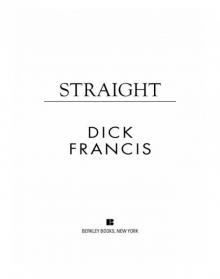 Straight
Straight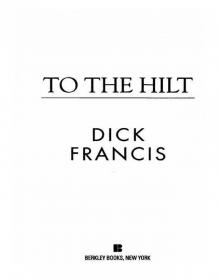 To the Hilt
To the Hilt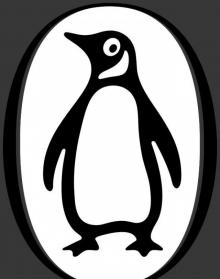 High Stakes
High Stakes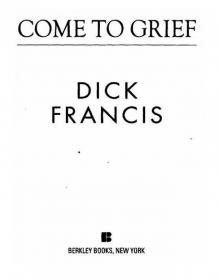 Come to Grief
Come to Grief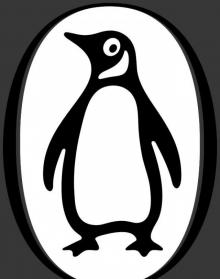 Odds Against
Odds Against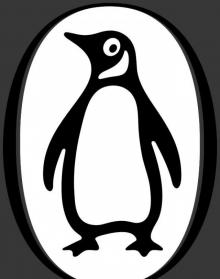 Knock Down
Knock Down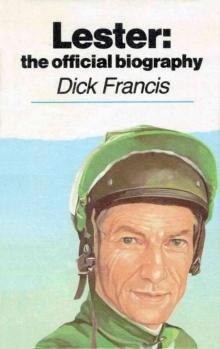 Lester: The Official Biography
Lester: The Official Biography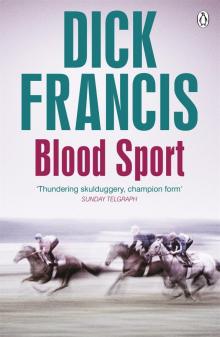 Blood Sport
Blood Sport Trial Run
Trial Run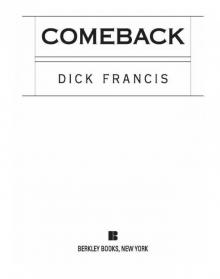 Comeback
Comeback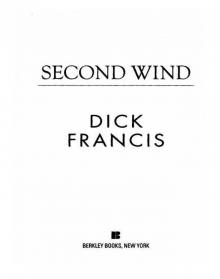 Second Wind
Second Wind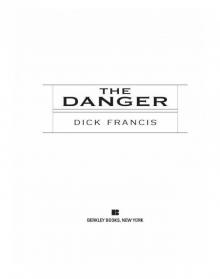 The Danger
The Danger Under Orders sh-4
Under Orders sh-4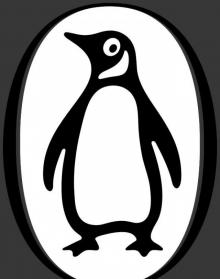 Break In
Break In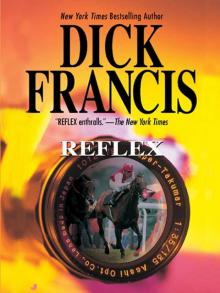 Reflex
Reflex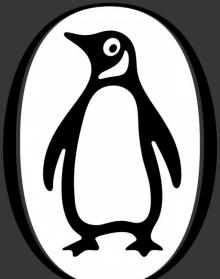 Dead Heat
Dead Heat Dick Francis's Damage
Dick Francis's Damage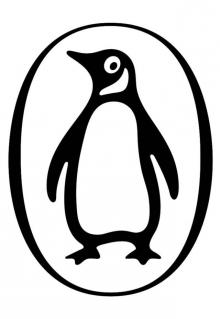 The Edge
The Edge Wild Horses
Wild Horses Longshot
Longshot Slay Ride
Slay Ride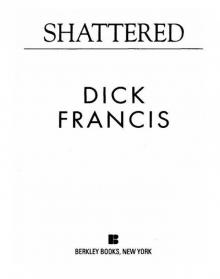 Shattered
Shattered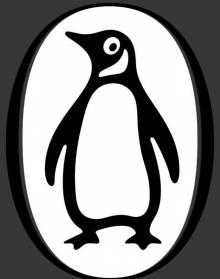 Banker
Banker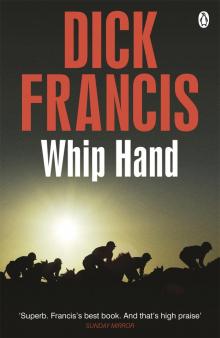 Whip Hand
Whip Hand Even Money
Even Money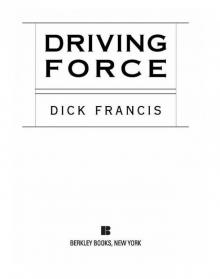 Driving Force
Driving Force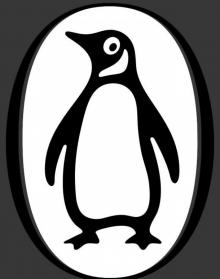 Decider
Decider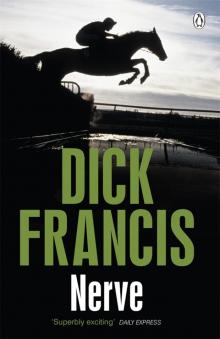 Nerve
Nerve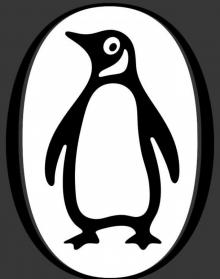 Hot Money
Hot Money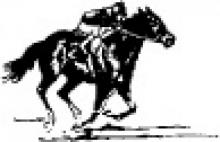 Field of Thirteen
Field of Thirteen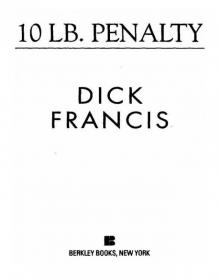 10 lb Penalty
10 lb Penalty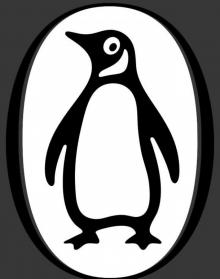 Dead Cert
Dead Cert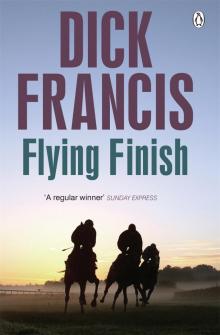 Flying Finish
Flying Finish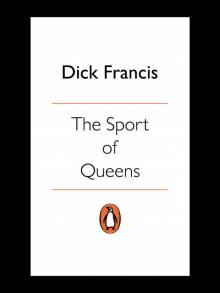 The Sport of Queens
The Sport of Queens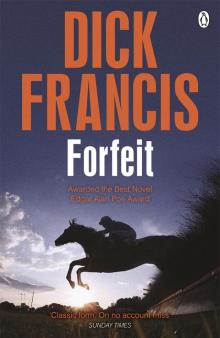 Forfeit
Forfeit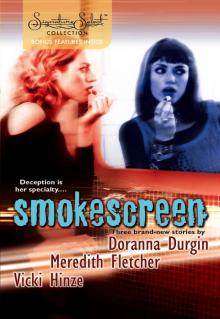 Smokescreen
Smokescreen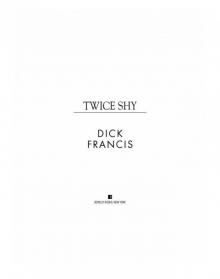 Twice Shy
Twice Shy Silks
Silks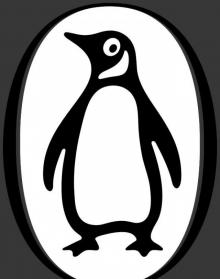 Enquiry
Enquiry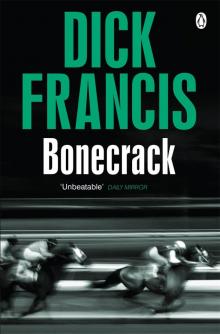 Bonecrack
Bonecrack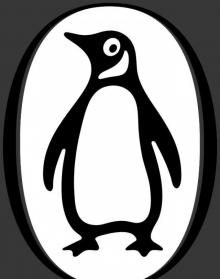 For Kicks
For Kicks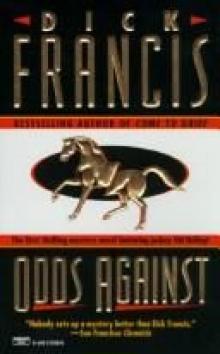 Odds against sh-1
Odds against sh-1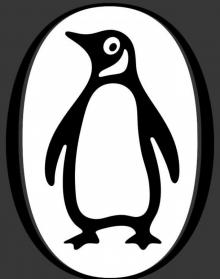 Rat Race
Rat Race Crossfire
Crossfire